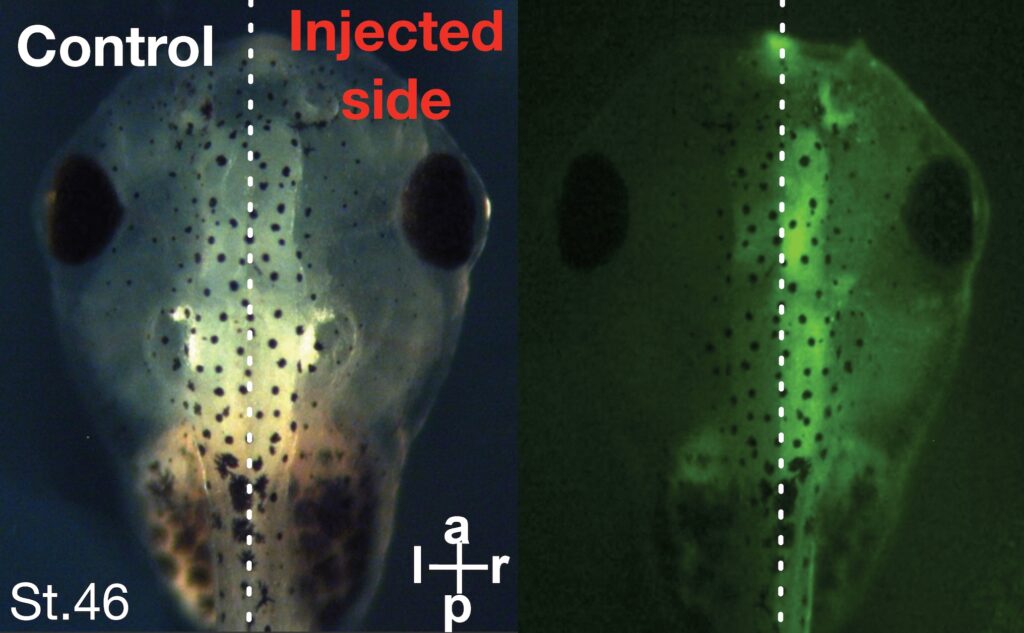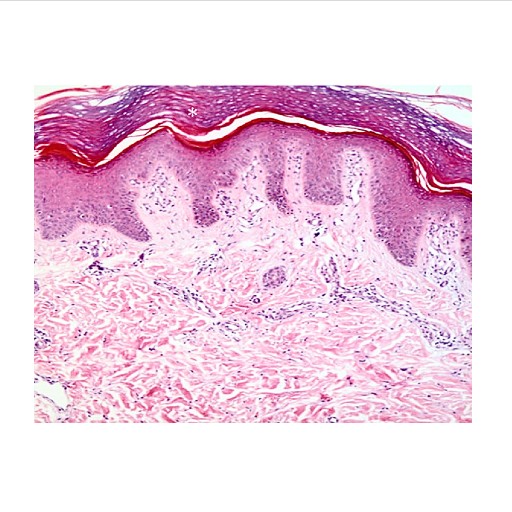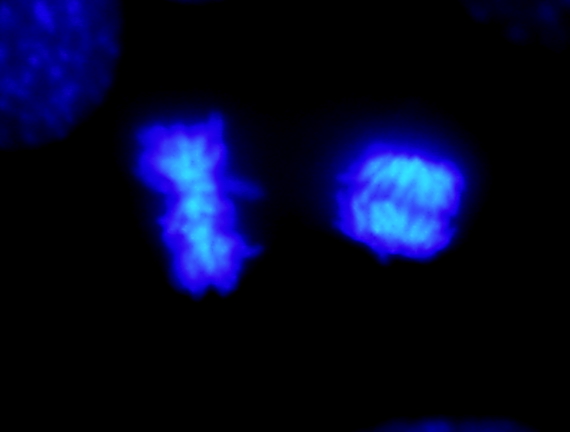Capturing the Moments of Rare Disease Research: Image Competition Results
In recognition of Rare Disease Day 2025, IBG-Nadir organized Rare Disease Research Image Competition, under the theme: “Capturing the Moment of Rare Disease Research.”
This competition was a unique opportunity for researchers and life sciences students to showcase their rare disease research. With this competition, we aimed to:
- Highlight global efforts towards rare disease solutions.
- Acknowledge the passion and perseverance of researchers and students making a difference.
- Drive awareness of rare disease research.
Every image submitted is a moment of impact, a glimpse into the continual effort in understanding and solving rare and undiagnosed diseases.
All submitted images displaying the variety of rare disease research were put before the jury members and three of them were shortlisted based on the rubrics of evaluation. These three shortlisted images were posted on social media for public voting to finalize the winner. Based on the votes the winners were announced on 28 February, “Rare Disease Day.”

1st place: Irmak Sakin – Medical Doctor, Acibadem University
Her image reveals the cc2d1a-depleted enlarged, dysplastic kidneys in Xenopus laevis embryo, closely mirroring patient’s phenotypes observed in rare kidney disorders.

2nd place: Prof. Dr. Sehime Gulsun Temel – Bursa Uludag University
The histologic image submitted by her captures the microscopic signature of PLACK syndrome, a rare genetic skin disorder caused by mutations in CAST gene.

3rd place: Nurdeniz Nalbant Bingöl – Bursa Uludag University
The image shows the CC2D1A protein network crucial for neurodevelopment. The GLN506ARG mutation disrupts its allosteric network, impairing structure and dynamics, leading to rare diseases like autism, seizures, and ciliary dysfunction.

Jury special award: Seval Kılıç – PhD Student, Izmir Biomedicine and Genome Center
The image displays an immunofluorescence analysis used to evaluate transfection efficiency for the experimental validation of a rare variant, highlighting dividing cells with the DAPI signal.
Each submission reflected the depth of commitment and passion for advancing rare disease research.
We extend our sincere gratitude to all the participants, mentors, and organizers whose dedication and efforts made this event a success.

